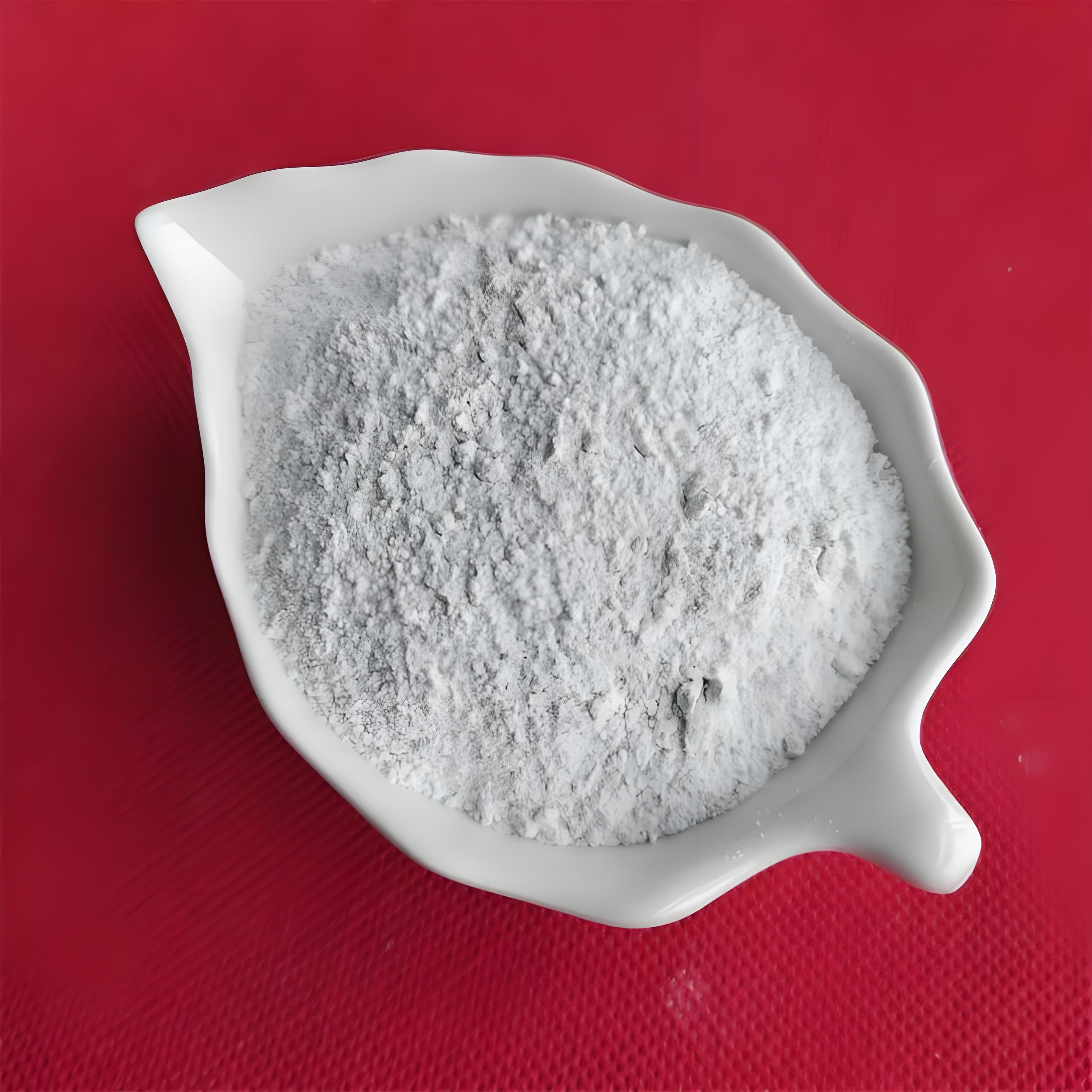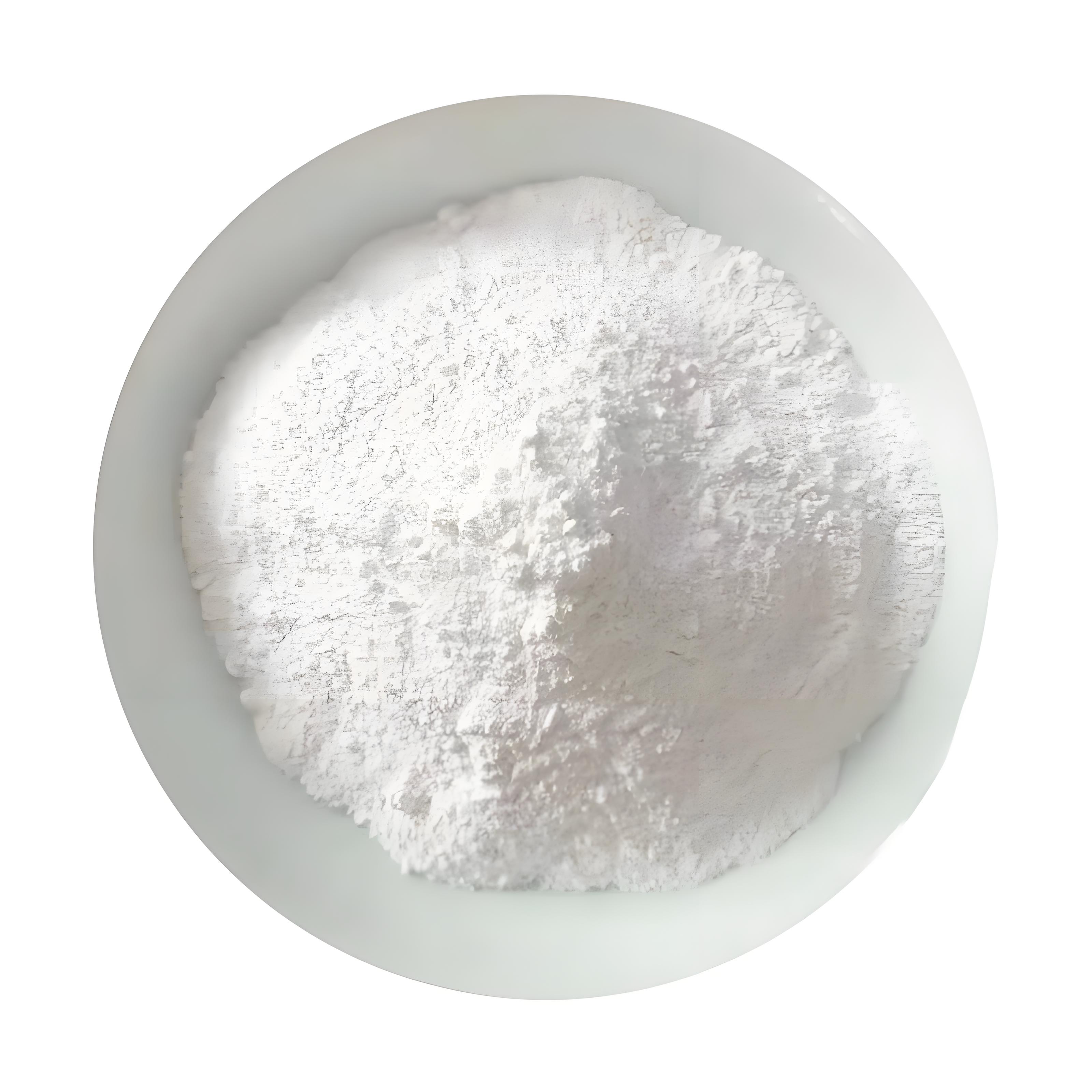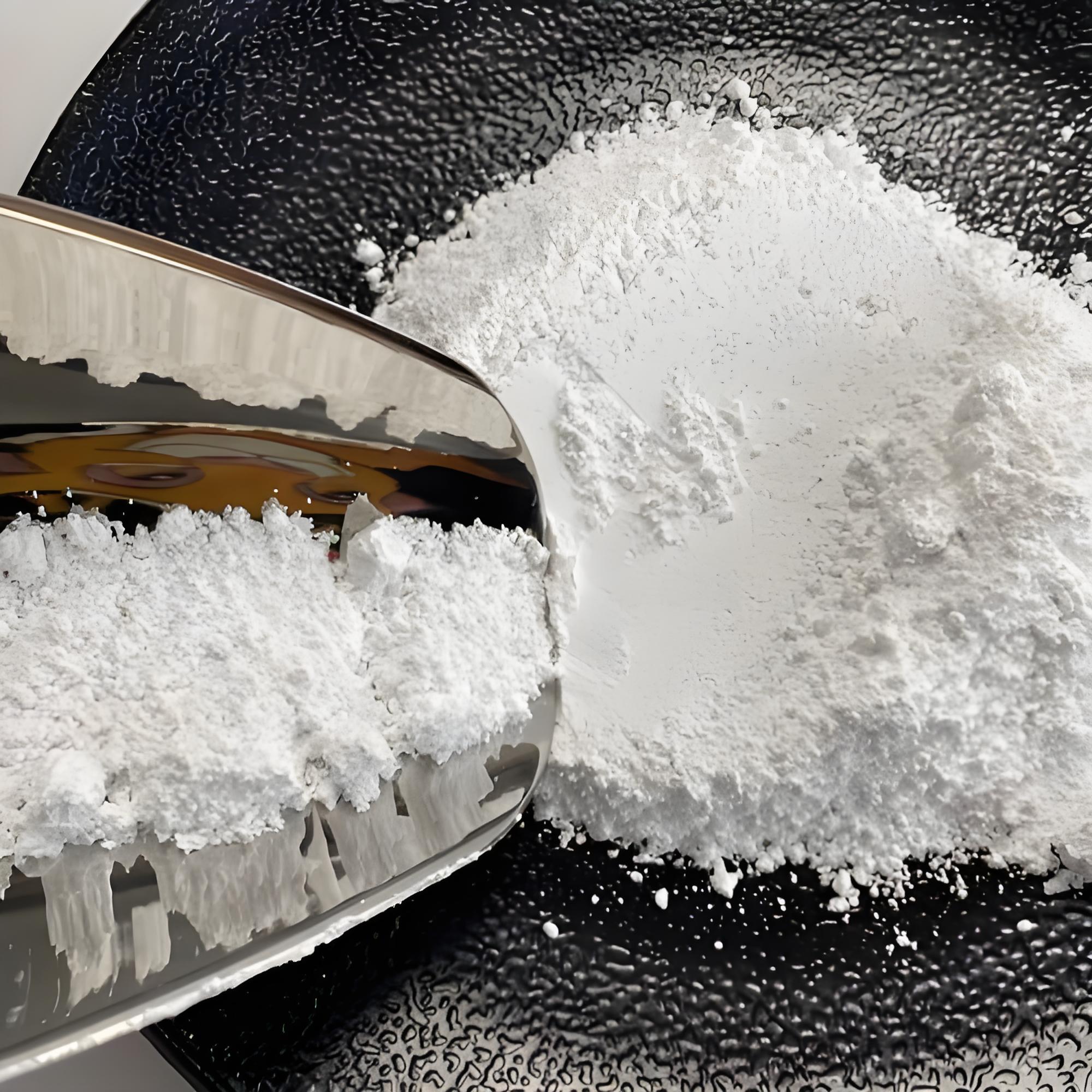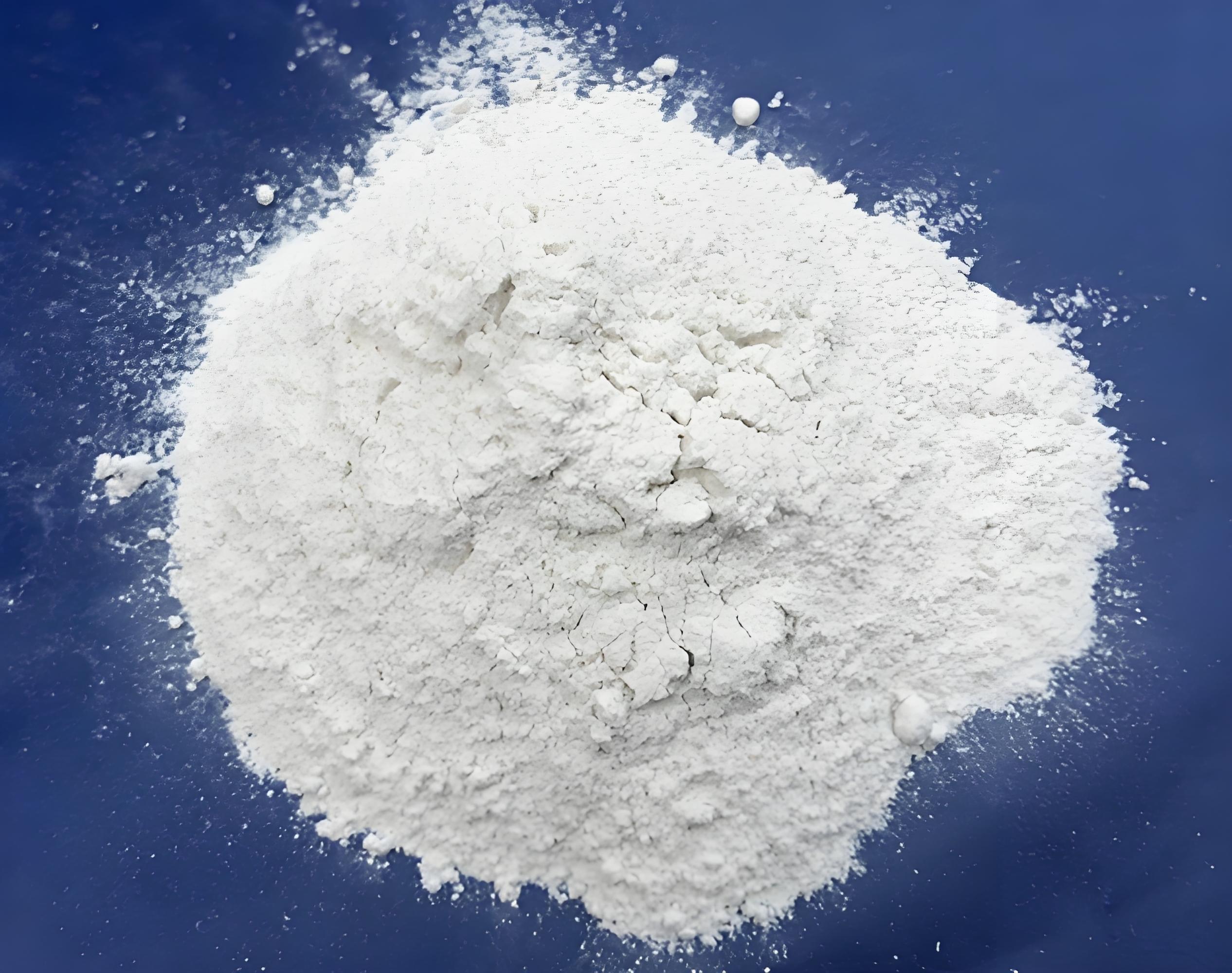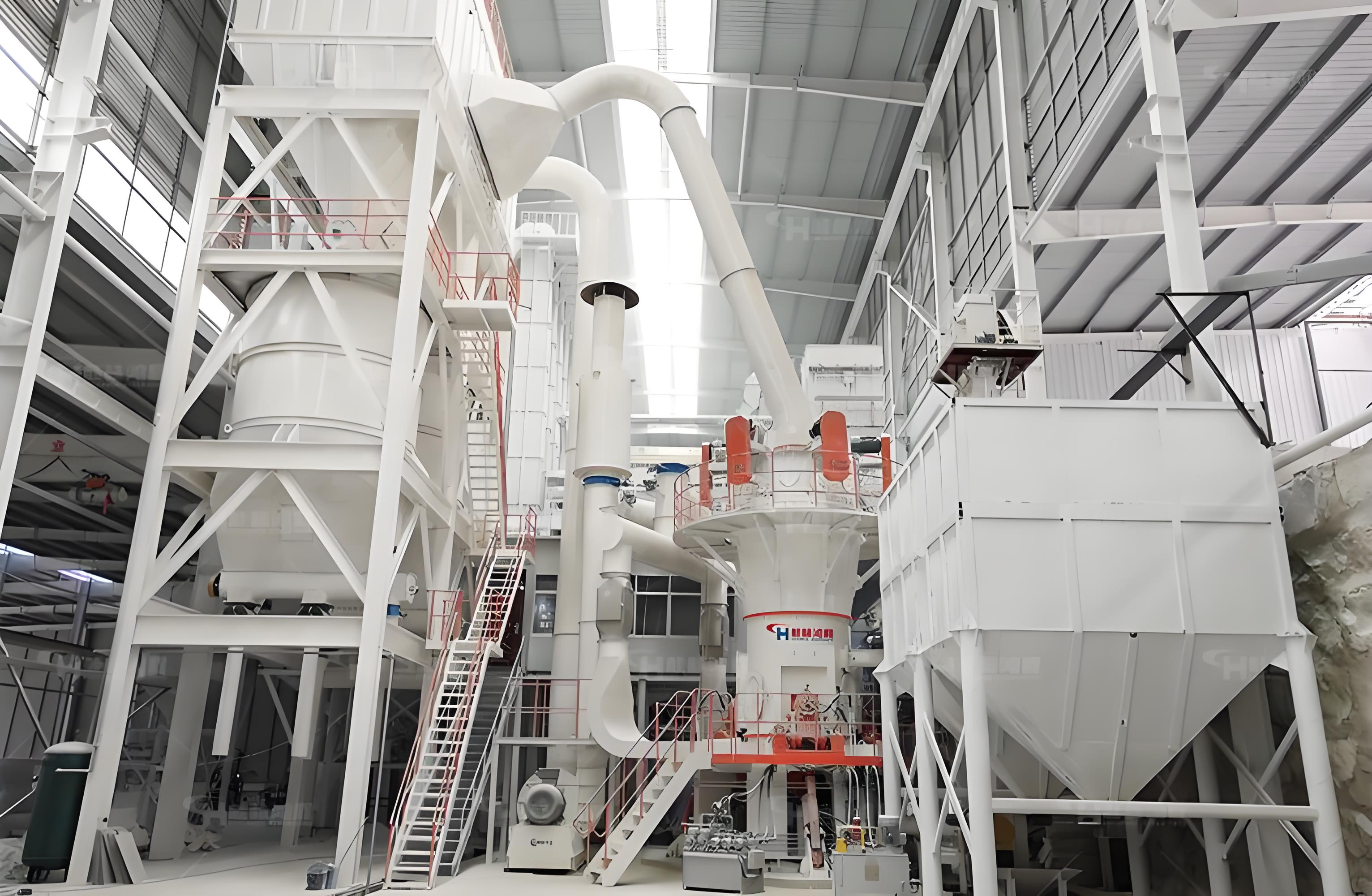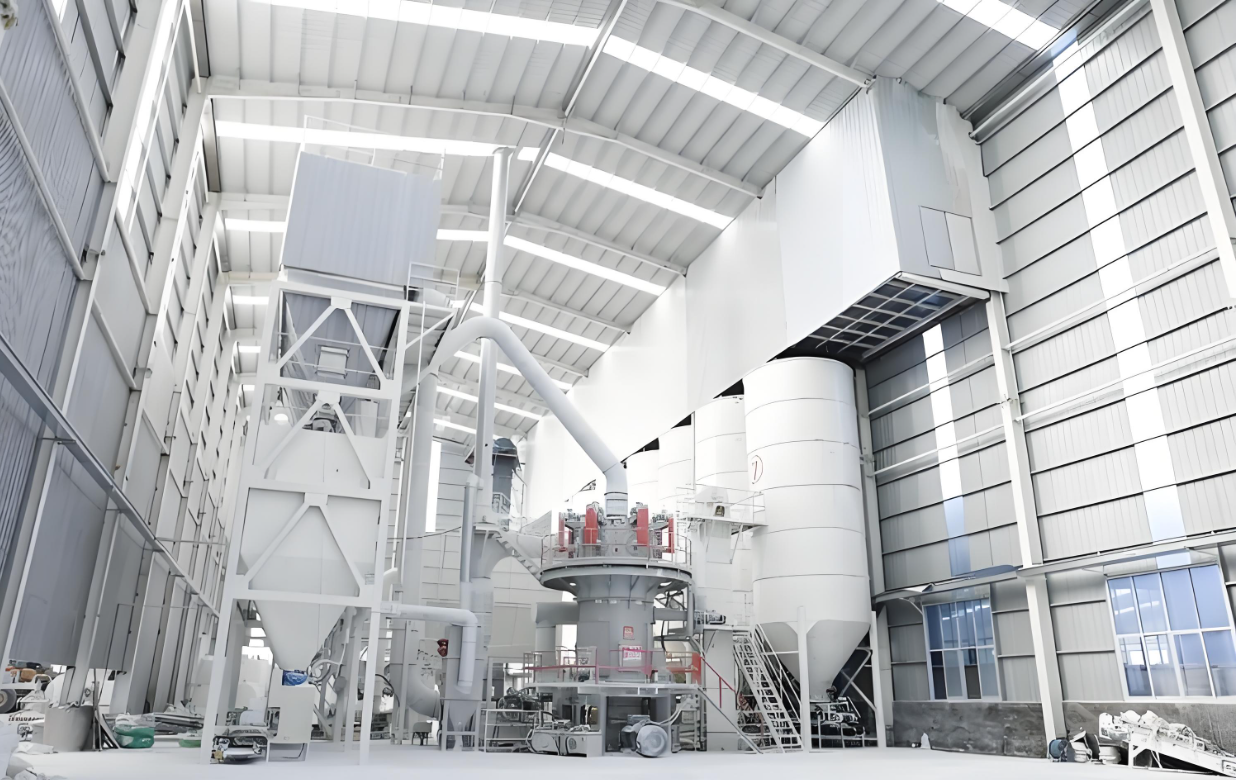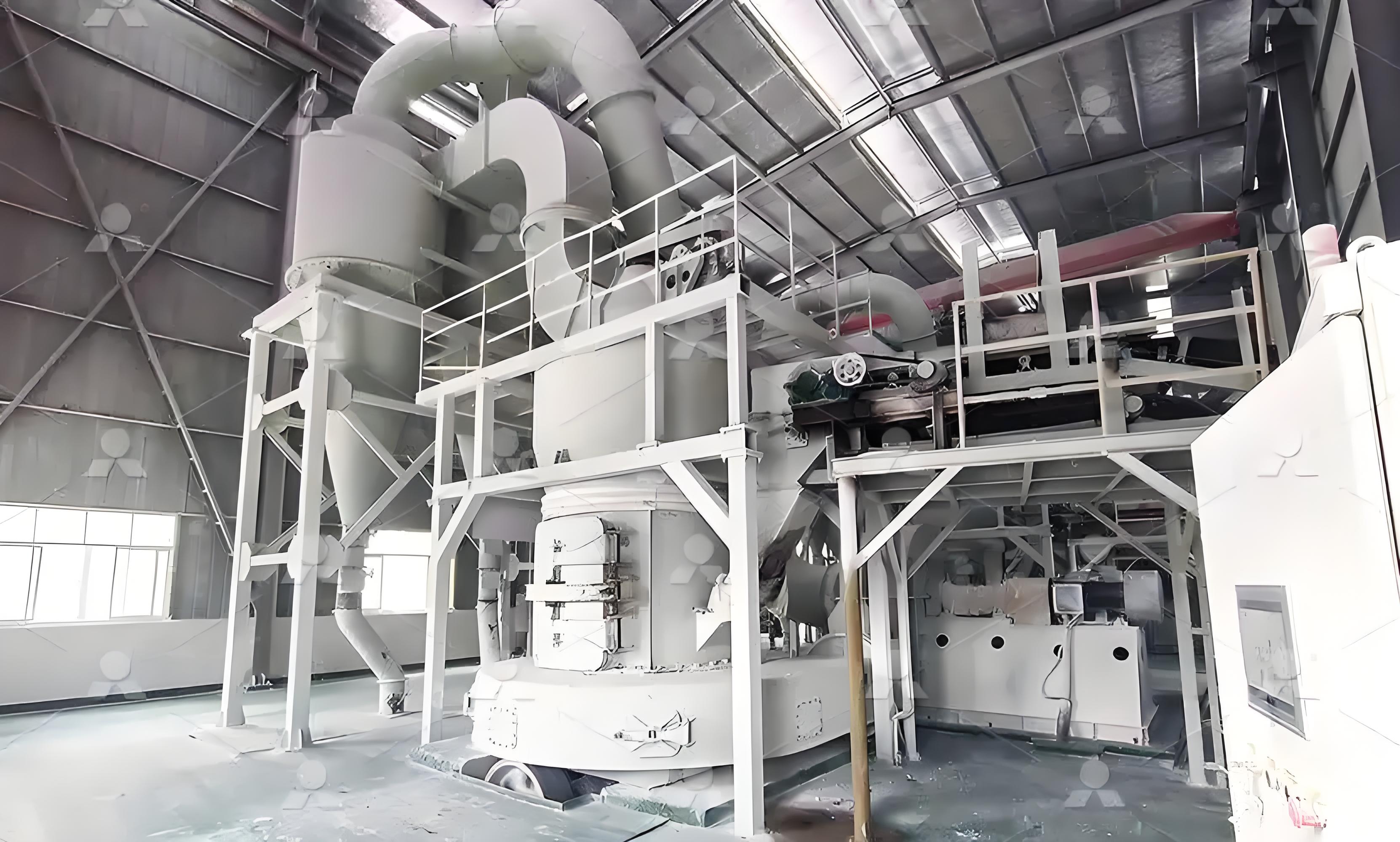Heavy calcium pneumatic conveying
On site photos of heavy calcium, Dongkai Company provides feasibility analysis, process design, engineering equipment, commissioning, and installation turnkey engineering services for the pneumatic conveying system of heavy calcium materials based on actual usage conditions on site
Heavy calcium carbonate, abbreviated as heavy calcium, is made by grinding natural carbonate minerals such as calcite, marble, and limestone. It is a commonly used powdered inorganic filler, which has the advantages of high chemical purity, high inertness, low chemical reaction resistance, good thermal stability, no decomposition below 400 ℃, high whiteness, low oil absorption, low refractive index, soft texture, dryness, no crystalline water, low hardness, low wear value, non-toxic, tasteless, odorless, and good dispersibility.
The chemical formula of calcium carbonate is CaCO3, and its crystals mainly include calcite with complex trigonal and rhombohedral structures and aragonite with rhombohedral structures. At room temperature and pressure, calcite is stable, while aragonite is quasi stable. Currently, calcite is the main crystal.
Heavy calcium carbonate is stable in air. Almost insoluble in water and insoluble in alcohol. Boil and dissolve when encountering dilute acetic acid, dilute hydrochloric acid, and dilute nitric acid. Heating to 898 ℃ begins to decompose into calcium oxide and carbon dioxide.
The shape of heavy calcium carbonate is irregular, with significant differences in particle size, and the particles have certain edges and rough surfaces. The particle size distribution is wide and the average particle size is generally 1-10 μ m. Heavy calcium carbonate is divided into coarse ground calcium carbonate (>3 μ m), fine ground calcium carbonate (1-3 μ m), and ultrafine calcium carbonate (0.5~1 μ m) according to its original average particle size (d). The powder characteristics of heavy calcium carbonate are: a. Irregular particle shape; b. The particle size distribution is relatively wide; c. The particle size is relatively large.
